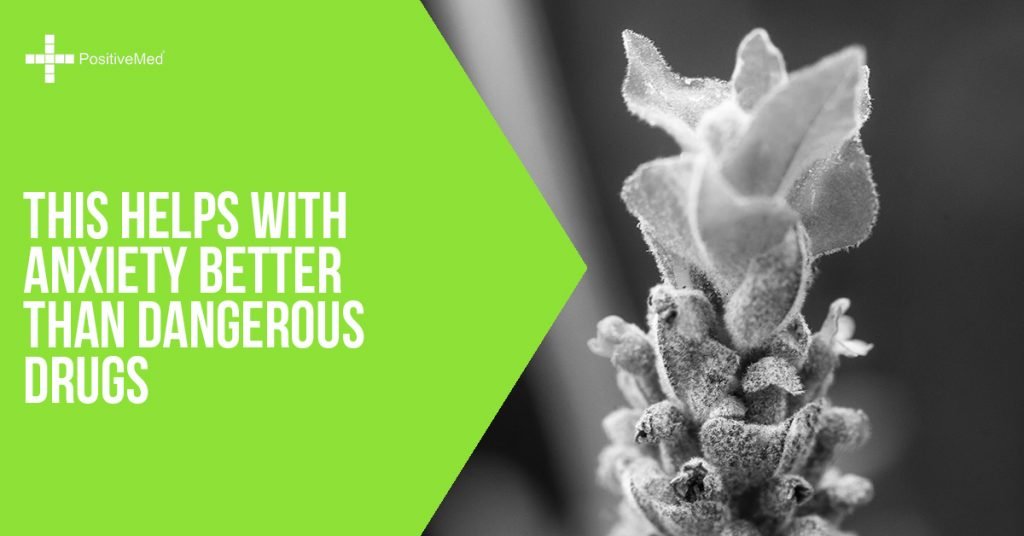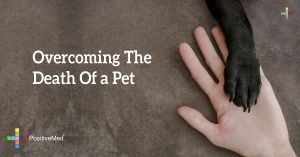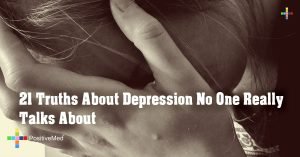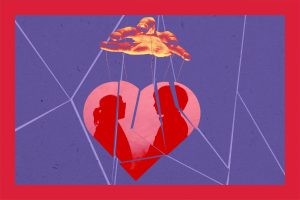Generalized anxiety, stress, panic attacks, and depression affect many people worldwide. Women are disproportionately prone to suffer from anxiety for a variety of reasons ranging from hormones to heredity, from societal pressures to work and family responsibilities. One in thirteen people suffers from anxiety today. Women are twice as likely as men to be affected. Symptoms often present at adolescence, but can occur at any time and are more likely to appear during times of stress.

Anxiety can negatively impact work, education, household duties, and interpersonal relationships. Anxiety symptoms include:
– Feeling emotionally overwhelmed
– Restless thoughts/inability to concentrate
– Obsessing over problems
– Mood fluctuations
– Depression
– Sleep disorders
– Overactive startle response
– Digestive difficulties
– Fatigue
– Headaches
– Sweating
– Frequent urination
– Feeling dizzy or light-headed
– Difficulty swallowing
– Body aches and pains
Many people seeking relief from anxiety have been prescribed benzodiazepines (Valium, Ativan, and Xanax). These medications often cause severe side effects and are potentially addictive.
RELATED ARTICLE: Feeling Lightheaded: Reasons and First Aid Techniques
Others have been prescribed antidepressants (Zoloft, Paxil, Effexor, Prozac, and Lexapro). These also can create side effects and chemical reliance, generating new problems in addition to the original anxiety.
However, there is hope. One avenue to explore is natural, holistic healing practices. These include exercise, mindful meditation, and the use of herbs.
Lavender is one herb that is showing tremendous promise in relaxing the mind and easing the physical symptoms of anxiety. In clinical studies, lavender has been shown to be effective at easing the signs of anxiety, nervousness, insomnia, and the discomfort of inflammatory conditions.

[/nextpage] [nextpage title=”…”]
Lavender is time-tested, non-addictive, and it is pleasing to the senses. Both the flower and the essential oil may be used.
Trials of lavender as an anxiolytic agent taken as an oral supplement of 80 mg per day of a high-quality, well-defined lavender essential oil has shown efficacy comparable to benzodiazepines.
Besides capsules, there are many ways to employ lavender. One simple yet effective method is by making tea. Simply infuse 1 or 2 tablespoons of dried lavender flowers per cup of boiling water. Steep for ten to fifteen minutes, strain, and enjoy.
To make a tincture, fill a mason jar ¾ full with dried lavender flowers. Completely fill the jar with 80 proof vodka. Let seep for six weeks, keeping in a cool, dry place. Shake once a day for the first three weeks. Strain the flowers out. Fill a dropper vial with the liquid and use 10-15 drops in an 8-ounce glass of warm water. This tincture may be stored for up to two years.
Lavender may also be enjoyed as aromatherapy. Place a sachet of dried flowers under your pillow. Or use an oil dispenser to scent your space. For a relaxing bath, add 5-10 drops of oil extract or 1/4 cup of dried lavender flowers (in a muslin bag) to the bathwater.
As with any healthcare supplement, you may wish to consult with your healthcare provider, especially if you are taking oral capsules to find the right dosage, or to avoid excessive drowsiness if you are taking benzodiazepines or antidepressants.
Lavender is a gentle, natural aid that is useful in relieving the symptoms of anxiety. Many people have been helped by using lavender orally, topically, and as aromatherapy. Add this herb to your arsenal of tools as you work to enjoy maximum good health.






